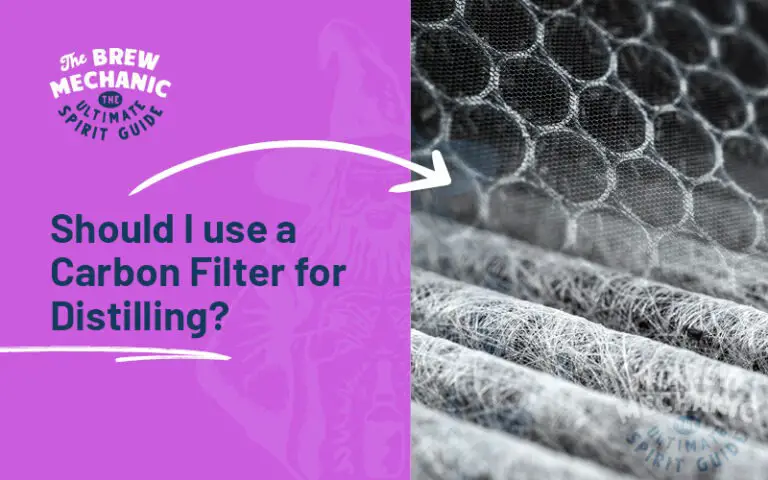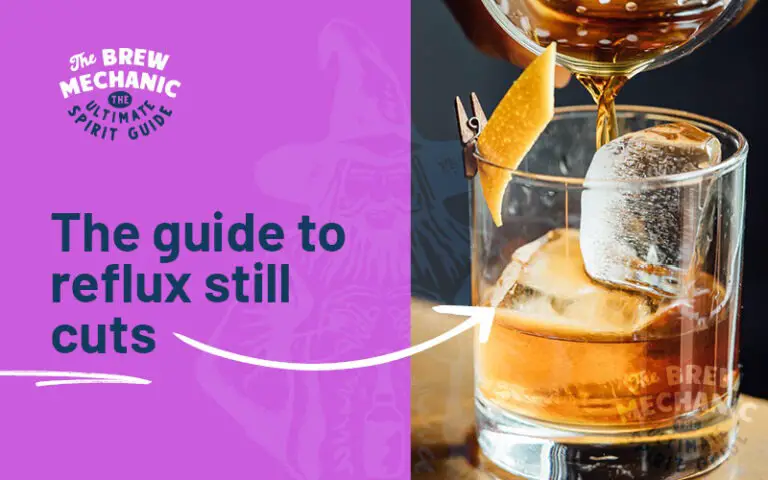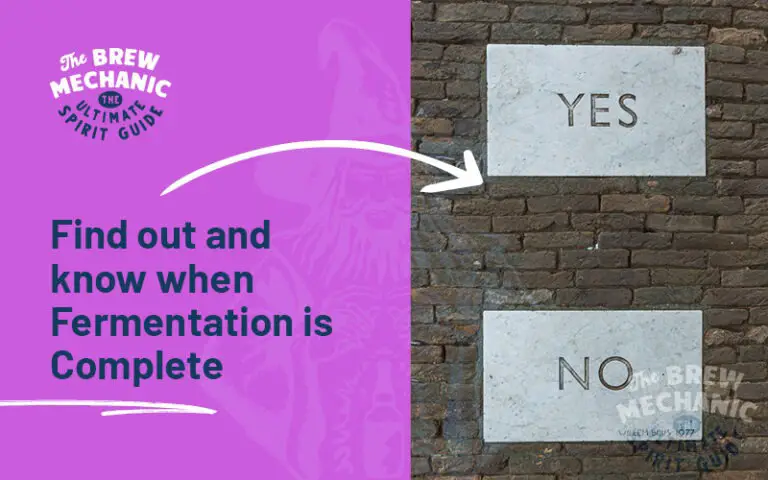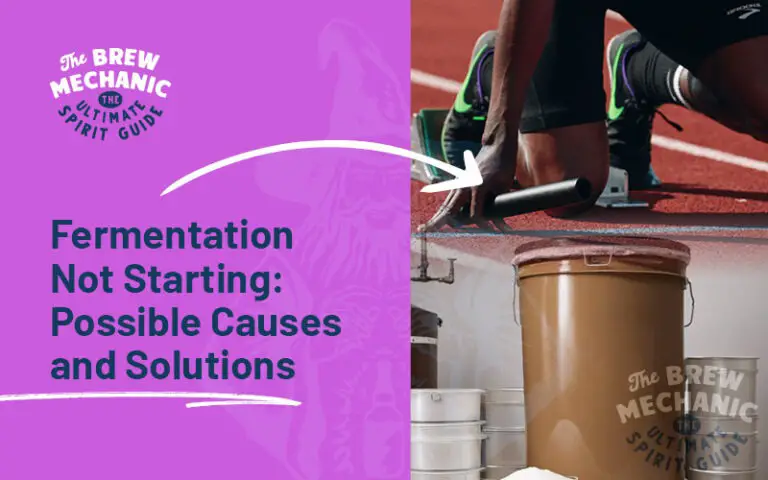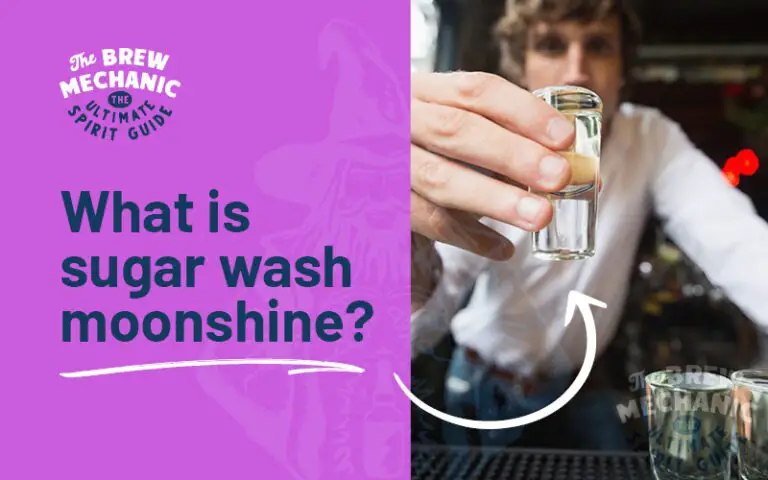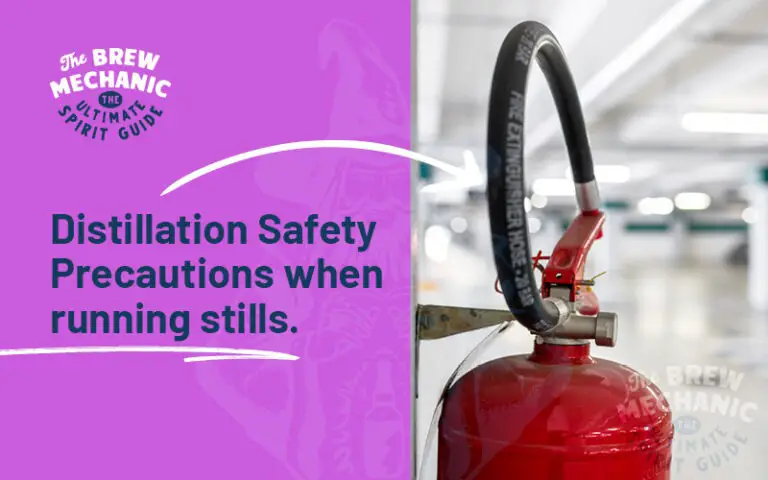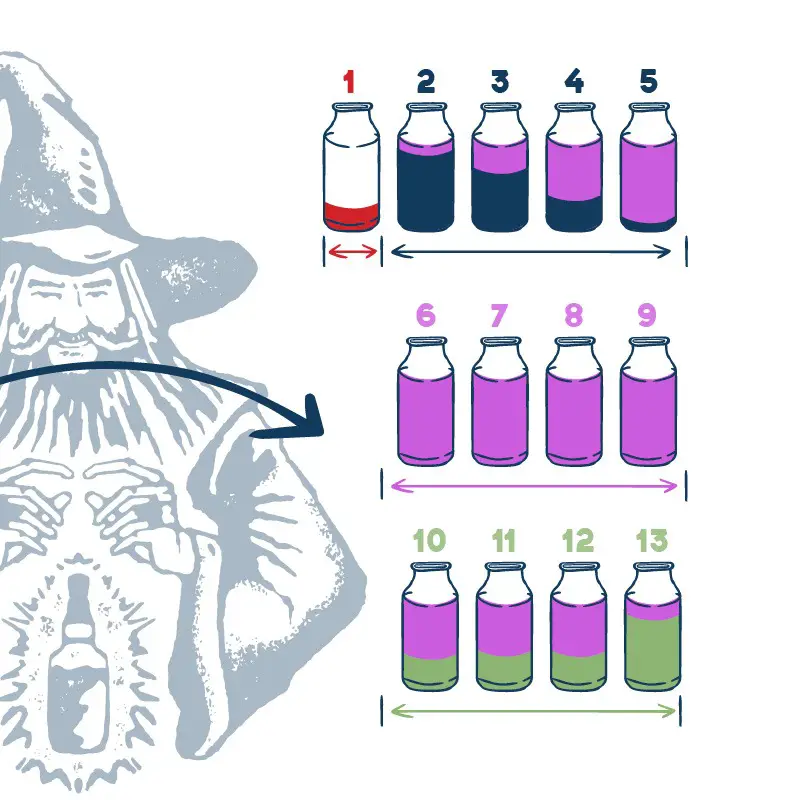What is Sugar Wash Fermentation?
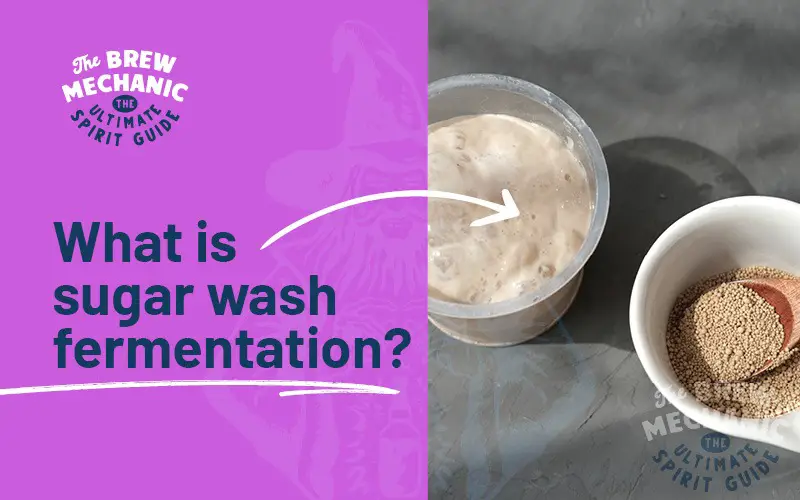
Disclaimer: This post might include affiliate links, through which I may earn a small commission without any extra cost to you. Additionally, I am an Amazon Associate and earn from eligible purchases. All the products and services I suggest are ones I have personally used or would use. Thank you very much for your support if you decide to buy through any of my links!
Come join the Distilling Squad!
Get the best fundamental tips & tricks here. Woohoo!
Like with all things in life if you start with a quality fermentation the process forward is simpler and rewarding. So what is sugar wash fermentation to you? We will explain. First off, I prefer the old school of making my own nutrients in ratio to water and yeast.
You can start with the shortcut of using turbo yeast that comes with the yeast and other ingredients but if you pick up fermentation problems how do you sort it out? Turbo yeast comes pre-packed and enclosed with all the ingredients. Your choice…
Simple sugar wash brew is made up of the following water, sugar, nutrients and yeast. Sounds simple, yes but there are rules to follow when adding the above together.
What is Sugar Wash Fermentation Process with Temperature on yeast nutrients?
The only time you take into account the outside temperature is when it can influence the fermenting solution temperature during fermentation.
Before going down this path you must understand the relationship between temperatures and yeast specs you have chosen for the sugar wash brew. The yeast should have a temperature range on the packet you buy.
The general guide for the sugar wash recipe fermentation process
Too high a fermentation temperature can lead to yeast cells dying, this will cause an imbalance between the ratio of sugar to yeast which can lead to the formation of esters and volatiles both bad for alcohol consumption. Too low a temperature (20°C or 68°F>) slows and can stall the reaction.
The secret here is to make sure there are no temperature changes and it stays constant when making sugar wash. Install a fish tank heater, end of problems.
Potential alcohol (ABV) present in fermented sugar wash.
The conversion rates of the ABV will alter with the strain of yeast used. So understanding what is sugar wash fermentation is essential. Different types of yeast react differently.
The strain of yeast being used will determine the % ABV alcohol content in the wash in ratio to water, sugar, nutrients and yeast. Baker’s yeast will produce an alcohol content of 10 to 13%.
How do we calculate this?
How do we measure the alcohol strength?
Take a sample in a test tube, put an alcohol hydrometer in it and read at what level the meniscus stops, this will, be the % strength of the solution before distilling.
Why does the wash/mash smell?
During fermentation, the yeast converts the sugar to alcohol. CO2, SO2 are vented off with other byproducts which have different smells. One of the better-known ones is rotten eggs. One of the main reasons is too high a temperature and nutrient levels during fermentation.
In a reflux still these smells will be removed in the distillation stage (> 68°C or 154.4°F>) and come off with the foreshots/heads cut and further more polishing and smoothing using an activated carbon filter.
This really only applies to a MASH and not a WASH. But should you get some smells they will be removed as above.
Adding copper scrubber mesh inside of a stainless steel column in the vapor path will remove any sulphur that there might be in the system. The best spot exit the kettle into the column easy to remove for cleaning.
What happens to the yeast during/after fermentation?
The strain of yeast used will stop fermenting once it has reached its alcohol level. What happens now is the yeast left over will go dormant. In Baker’s yeast, it can make up to 10 to 13% alcohol while the turbo ranges can make up to 18% alcohol. The only time yeast will die is at high temperatures.
How do I know if my yeast is dead in fermentation?
No CO2 escaping from the airlock and the lid is sealed, open up and check for bubbles and foam forming on the surface. If nothing then the yeast is dead.
Take a sample of the yeast used to add to a half cup of hot tap water and one teaspoon of sugar that has been diluted. If within 15 minutes nothing happens then the yeast you have used is dead. Check the sell by date on the tin.
Our solution
Always make a yeast starter with each wash, by doing this you will confirm that the yeast is healthy.
Go one step further by adding a portion of the nutrients pre-made to the sugar water solution before adding the yeast to the 2 litre jar. This is called proofing the yeast. By doing this you do not shock the yeast when adding to the rich sugar water nutrient solution in the fermenter.
Now we have understood what is sugar wash fermentation, there is a lot of homework for you to research and learn. We wish you the best of luck on your distilling journey. Hope you make heaps of rum, vodka or anything of your choice.
Last Updated on August 19, 2023 by The Brew Mechanic
Disclosure: I may receive affiliate compensation for some of the links below at no cost to you if you decide to purchase a product or service. You can read our affiliate disclosure in our privacy policy. The information provided is for entertainment only.

With 35 years of knowledge of being a chemical engineer in alcohol manufacturing plants, my mission is to teach the next generation of home distilling alcohol brewers at a supernatural speed.
My reviews are based on real-life experiences with reflux stills, sugar wash, troubleshooting and mystical chemical reactions.

